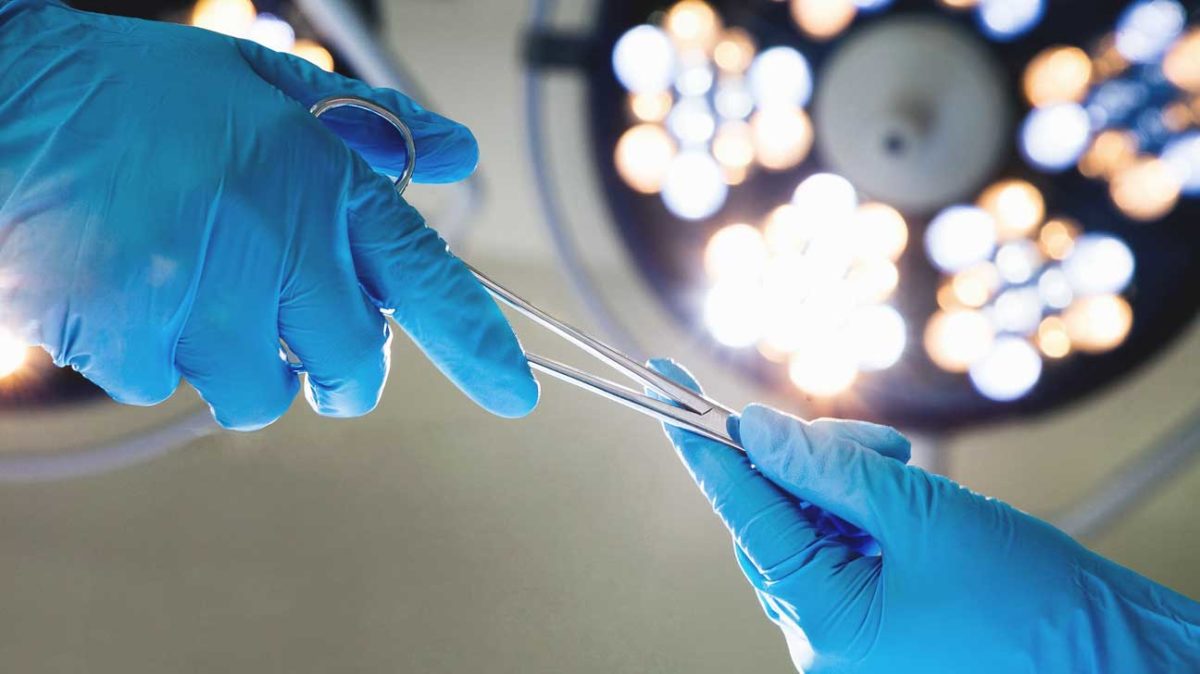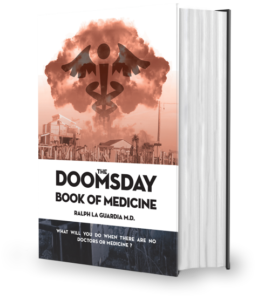
For some newbies, the topic may elicit some bravado – “wow, an open wound. Neat! I was looking forward to testing out my new suturing kit.” It’s never like that; the worst thing that could happen to you in an SHTF situation is being forced to deal with an injury of this caliber. Of course, it’s even shittier if you’re the one who has been wounded and no one around to provide medical assistance.

Learn how to both diagnose and treat any medical problems you are going to encounter. Learn more about it here.
I want to share with you some tricks and tips that will be of great use to you in open wound management. Pray to God that it will never come to that, but you never know where life takes you.
Open Wound Management for NMPs (Non-medical personnel) and preppers
You know what’s the real golden rule of prepping? Shit can happen anywhere. And, unfortunately, it does. Scrapes, bruises, and nicks are very common around a household, especially when you have kids or if you’re that kind of person that has butter fingers. There’s nothing special about treating small cuts – apply pressure, wash, clean, and disinfect.
That’s all there is to it! Still, considering the crazy world we live in, even a trip to the corner store can turn into a deadly, Indiana Jones-like expedition. This is the very reason why you should always be ready to tackle any kind of emergency, no matter its nature.
As far as today’s subject is concerned, a good friend of mine, who also happens to be a thoracic surgeon in his spare time, one told me that the best thing you could do about an open wound would be to leave it alone.
Related Knowledge to survive any medical crisis situation
Yes, I know it sounds crazy and rather dangerous considering that germs are always looking for ways to get inside our bodies, but there’s a good reason why doctors approach open wounds in this manner. Let’s backtrack a bit.
Regardless of the medical emergency, the first thing you need to do is to assess the patient. Check breathing, pulse, and state of consciousness. Many first-aid manuals state that the patient should not be moved unless he’s in immediate danger.
For instance, if a person is involved in a car accident, you should attempt to yank him out of the vehicle before the gas ignites it. So, if your patient is in danger, carry him to safety as fast as possible before assessing his condition.
In dealing with open wounds, hypovolemic shock and loss of consciousness are your opponents. When a person loses 20 to 40 percent of blood, his organs will begin to shut down one by one. Passing out is a distinct possibility.
However, if the blood volume cannot be restored, that person will die. Hypovolemic shock is a very common occurrence in case of open wounds. This is why the next step you will need to take would be to stop the bleeder.
Ask the patient to lie flat on his back and elevate the wound (if it’s on the leg, raise the his\her leg above body level). You may need to improvise some sort of stand; a rock, an old crate, a trashcan or anything that will help you raise the wounded limb.
Next order of business would be to figure out where’s the bleeding coming for – if an artery was severed or lacerated, then the blood will come out spurting. On the other hand, if it’s a vein, the blood coming out will flow.
Related 4 Important Forgotten Skills used by our Ancestors that can help you in any crisis
Why do you need to know this? Because each scenario comes with a different approach. For instance, in case of a venous hemorrhage, it’s enough to pack it with sterile gauze in order to stop the bleeding.
On the other hand, if you’re dealing with an arterial hemorrhage, apart from packing it with sterile gauze, you will also need to compress the upper part of the artery to control the bleeding, giving your body enough time to perform what docs call hemostasis (stopping the bleeding).
Treating Open Wounds
Once you have assessed the patient, elevated the wound, and identified the bleeder, it’s time to act. At this point, it’s important to stop the bleeding. It doesn’t matter if the wound’s filled with dirt or anything. You can concern yourself with those things after your patient no longer loses blood.
To do that, apply a sterile gauze right on the wound and apply pressure. If the wound continues to bleed, use another gauze. Stack as may gauzes or clean cloth as you see fit. Keep the pressure constant, even if you feel like your hands are about to give up on you.
In the meantime, if the patient’s conscious, ask him or her to drink water. Plenty of it! Remember that your goal is to replenish the liquids lost through the wound.

This is the only place where you can get DR. RALPH LA GUARDIA’S THE DOOMSDAY BOOK OF MEDICINE
Keep pressure on the bleeder and add more gauze or cloth, if necessary. Once the bleeding has subsided, it’s time to tend to the wound. One of the most common mistakes I’ve encountered is yanking the bandages. Don’t do that – the barrier formed by clotted blood and those little cells that repair leaks is keeping the patient from bleeding.
Still, you will need to clean that wound to prevent infection. To do that, grab a bottle of sterilized water and pour over the bandage. Once the gauze has enough moisture, you will be able to remove it without too much difficulty. Stay calm! You’re almost to the finish line.
After removing the bandage, take a closer look at the wound site. Do you any dirt? Piece of wood or metal sticking out? If it’s just dirt, use plenty of clean water to wash the area. However, if there’s anything sticking out of the wound like a metal spike or, even worse, a protruding bone, leave them be.
Between washing, using a saline solution to flush the wound. In case your first-aid kit doesn’t include a syringe with saline solution, you can make some using a clean plastic bottle, water, and a tablespoon of fine rock salt. Mix, shake the bottle and use your survival knife to cut a small hole in the plastic cap. Use this liquid to flush the wound.
Remember when I told you about my doc friend who said that in most cases it’s better to leave the wound open? Well, that’s exactly what you must do. When you’re done cleaning and flushing the wound, apply a sterile gauze over the site to keep the area clean. You may also want to waterproof the site – wrap a sterile glove or an unfolded condom.
Now, in case the wound is smaller (one or one and a half inches between the skin flaps), you can attempt to suture it. Bear in mind that suturing is a last resort solution – you should only do this if you know that help will not reach you in time. In one of my articles, I’ve talked about how to do simple interrupted sutures.
Be sure your first-aid kit includes a suturing pack. Keep monitoring the wound for signs of infection – skin discoloration, oozing or acidic smell. If you’re lost in the wild, a quick way to keep infection at bay and stop tissue necrosis would be to use maggots. Yes, it sounds utterly disgusting, but those little suckers are great at eating dead tissue.
Wrap-up
Keep your priorities straight – assess, elevate, identify bleeder, hemostasis, wash, flush, and continue monitoring. Sounds like a no-brainer, but I can bet that you won’t feel that way once you’re facing a wound that won’t stop bleeding. You should also tell the patient to drink plenty of liquids.
Bleeders can go out of hand if the patient goes into a panic. That’s why it’s important to talk to him or her. Tell your patient that everything’s going to be okay and that help is on its way. Above all, don’t let him close his eyes. If you see that the victim is about to faint, pour some water over his face, and ask him to keep talking to you.
That’s basically all that you can learn as a non-medical person about open wound management. If you’re interested in learning more, check with your local Red Cross chapter. They’re bound to have a free advanced first-aid course. Any thoughts? Hit the comments section and let me know.
Other self-sufficiency and preparedness solutions recommended for you:
Healthy Soil + Healthy Plants = Healthy You
The vital self-sufficiency lessons our great grand-fathers left us
Knowledge to survive any medical crisis situation
Liberal’s hidden agenda: more than just your guns
Build yourself the only unlimited water source you’ll ever need
4 Important Forgotten Skills used by our Ancestors that can help you in any crisis




















